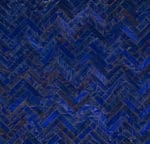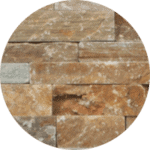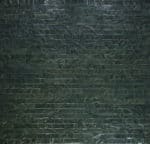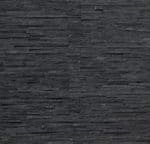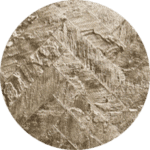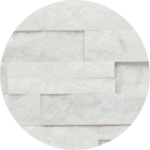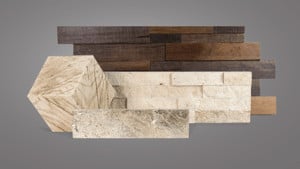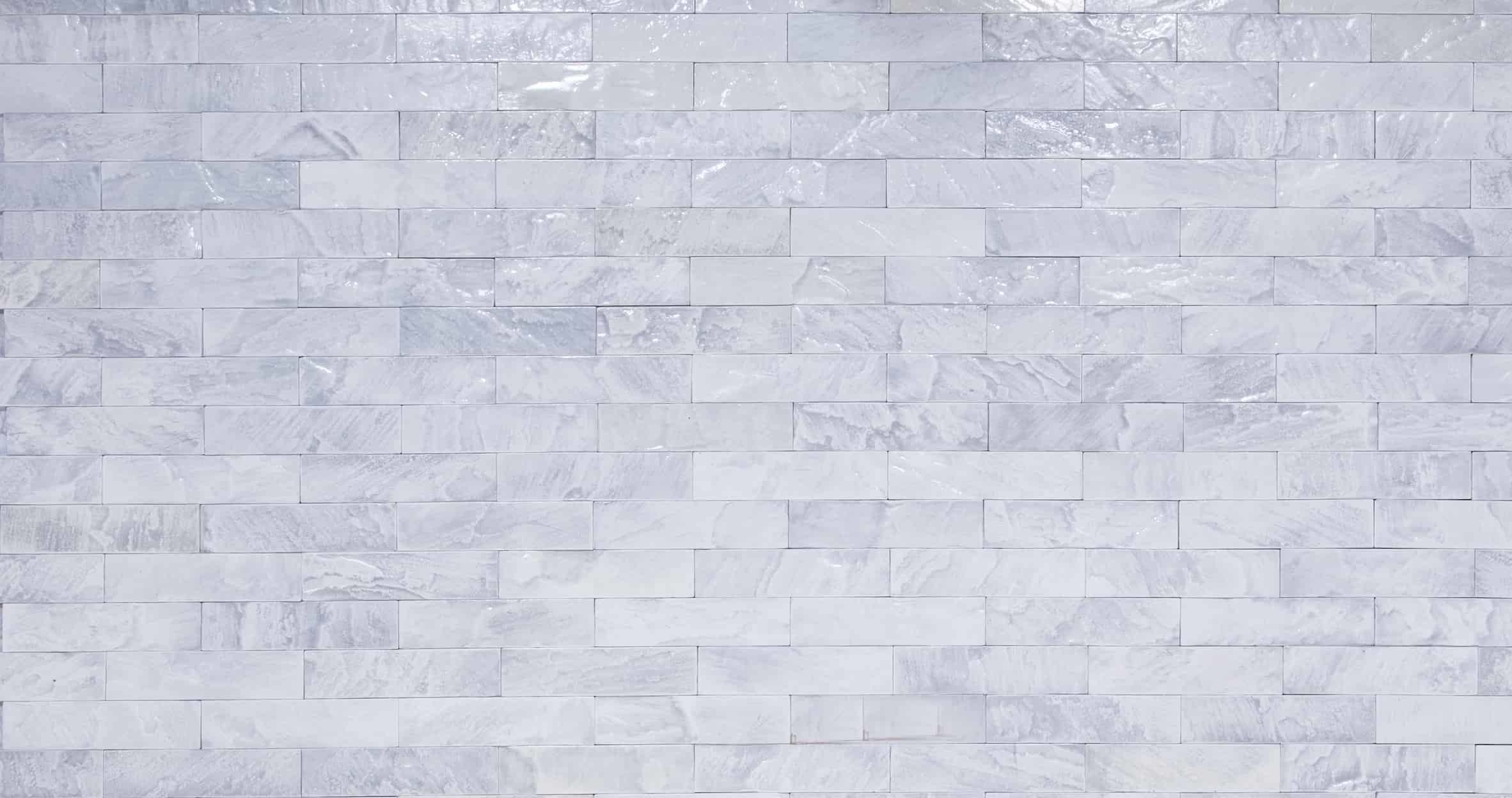When selecting tile for your project it is important to understand some of the basics. Here are a few important pieces of information all courtesy of the TCNA and CTDA.
-
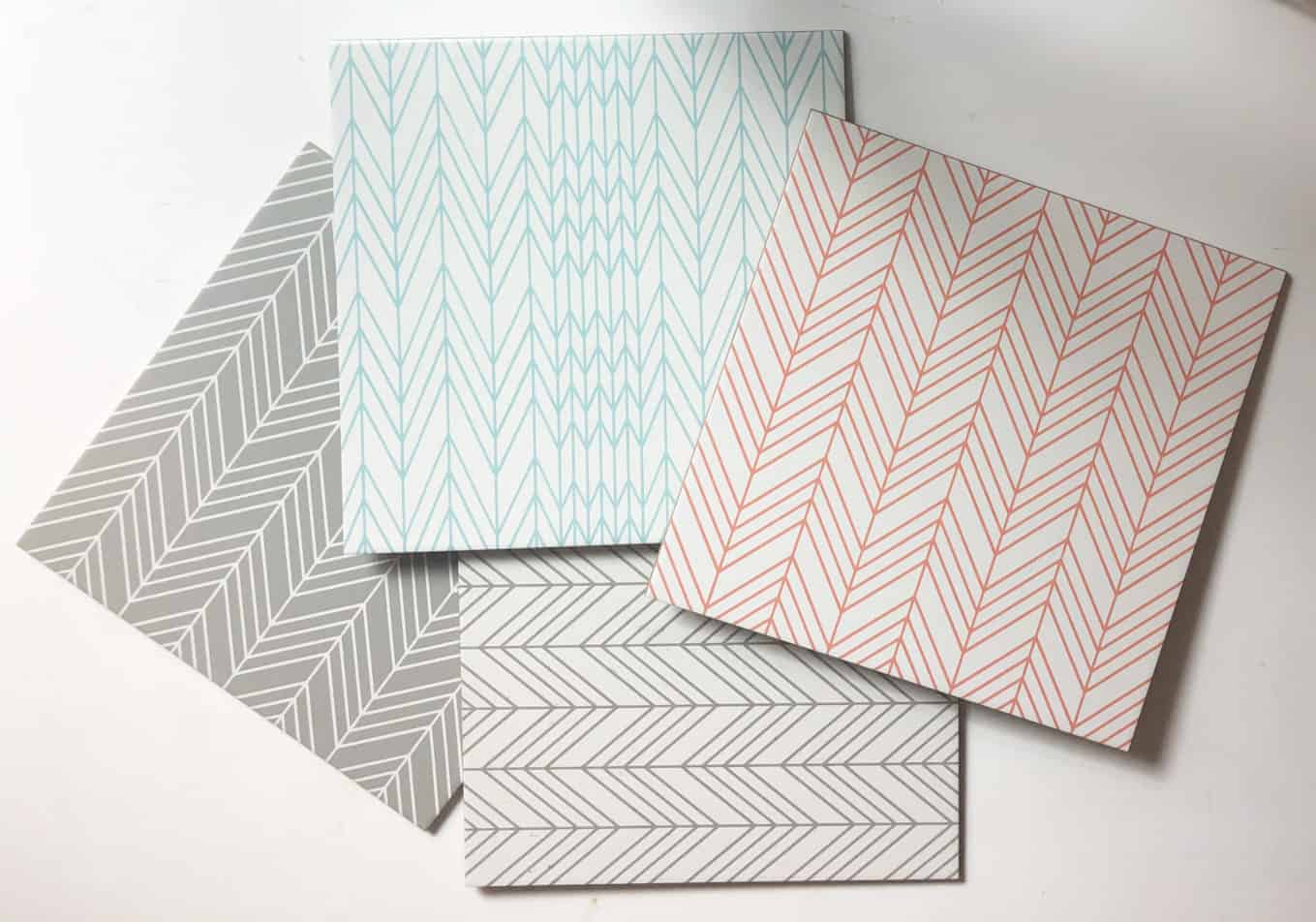
Vitreous Tile
Vitreous ceramic tile is matured enough to the point that it is impervious to water absorption and impervious to UV fading.
-
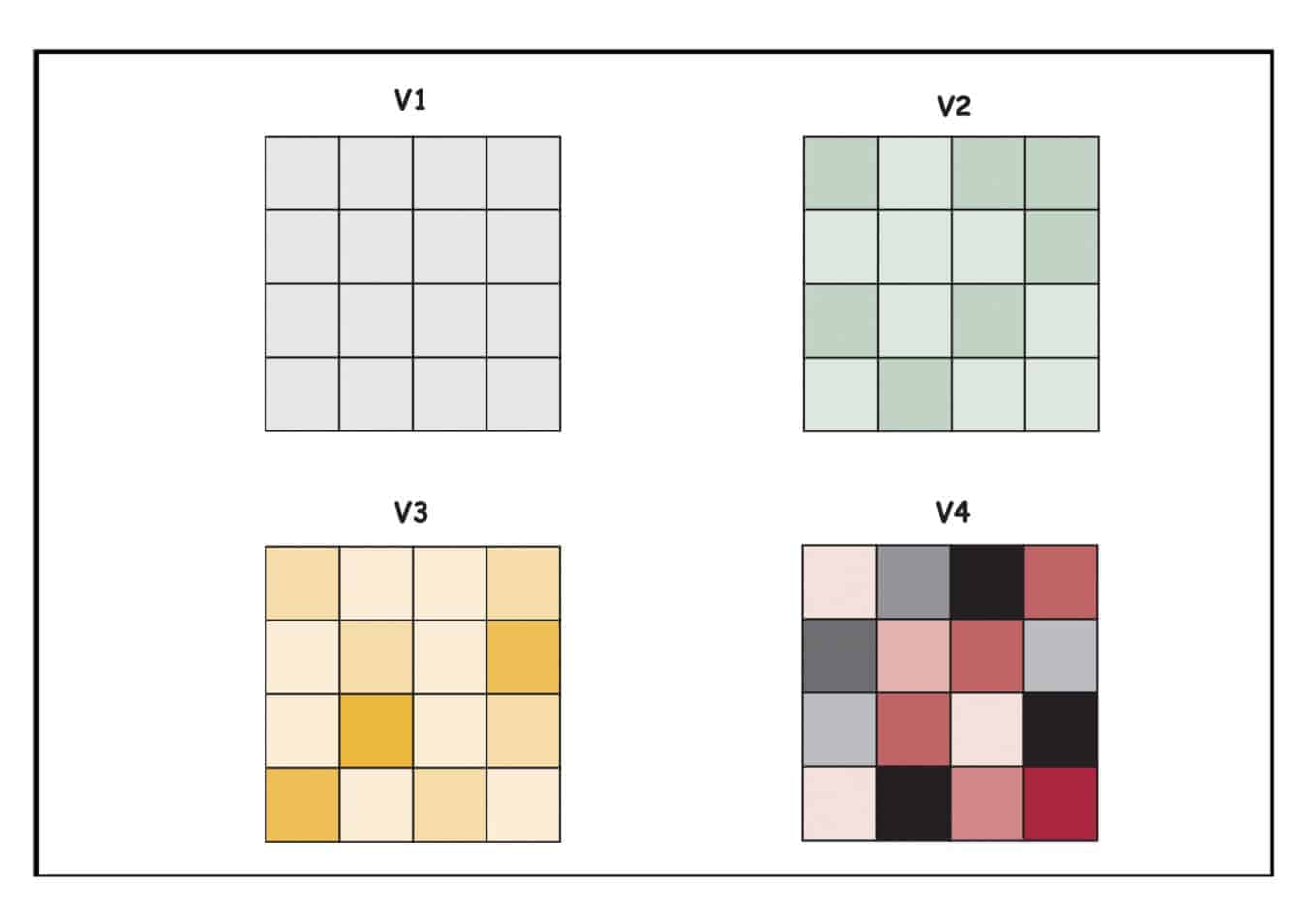
Color Variation
V1 = UNIFORM APPEARANCE: Differences among pieces from the same production run are minimal.
V2 = SLIGHT VARIATION: Clearly distinguishable differences in texture and/or pattern within similar colors.
V3 = MODERATE VARIATION: While the colors present on a single piece of tile will be indicative of the colors to be expected on the other tiles, the amount of colors on each piece may vary significantly. For example “that little bit of color” on one piece of tile may be the primary color on the next piece.
V4 = RANDOM VARIATION: Random color differences from tile to tile, so that one tile may have totally different colors from that on other tiles. Thus, the final installation will be unique.
-
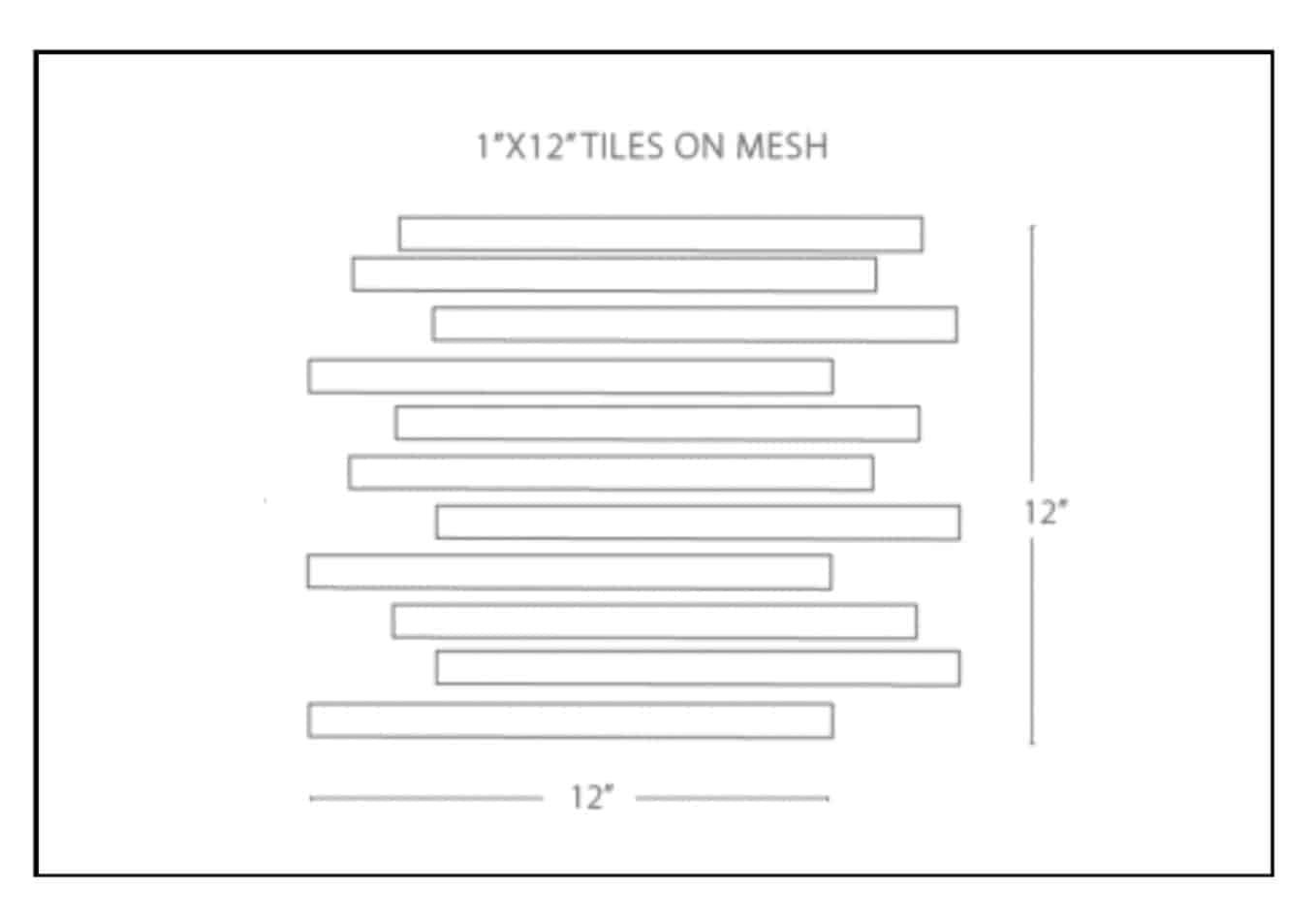
Nominal Size
Per the TCNA,
Nominal size is defined in ANSI A137.1 Specification for Ceramic Tile as, “the approximate facial size or thickness of tile, expressed in inches or fractions of an inch (or in centimeters or millimeters) for general reference.” In other words, nominal size is the generic tile size which is usually noted on the tile box or on product data sheets. Typical nominal sizes are 8″x 8″, 12″x 12″, 16″x 16″, 24″ x 24″, etc.
This is all about what you can call a tile and not about variation in the box. For example, you can’t call 13″ tiles 12″, but you can call an 11 ¾” tile a 12″ tile. The nominal size requirements in ANSI A137.1 limit how much the nominal size can vary from the actual size of the tiles in the box. For example, A137.1 states that for calibrated pressed floor tiles, the tiles can be as small as 3.00% below the nominal size or 3.00% above the nominal size. This does not mean though that you can have tiles 3% above and below nominal size on the same job! The variation in size within a single lot has to do with caliber range.
Looking at the image above, for a product that is described as a 12″ × 12″, the tiles tested from the lot can be as small as 11.64″ or as large as 12.36″ and still be called 12″ x 12″.
